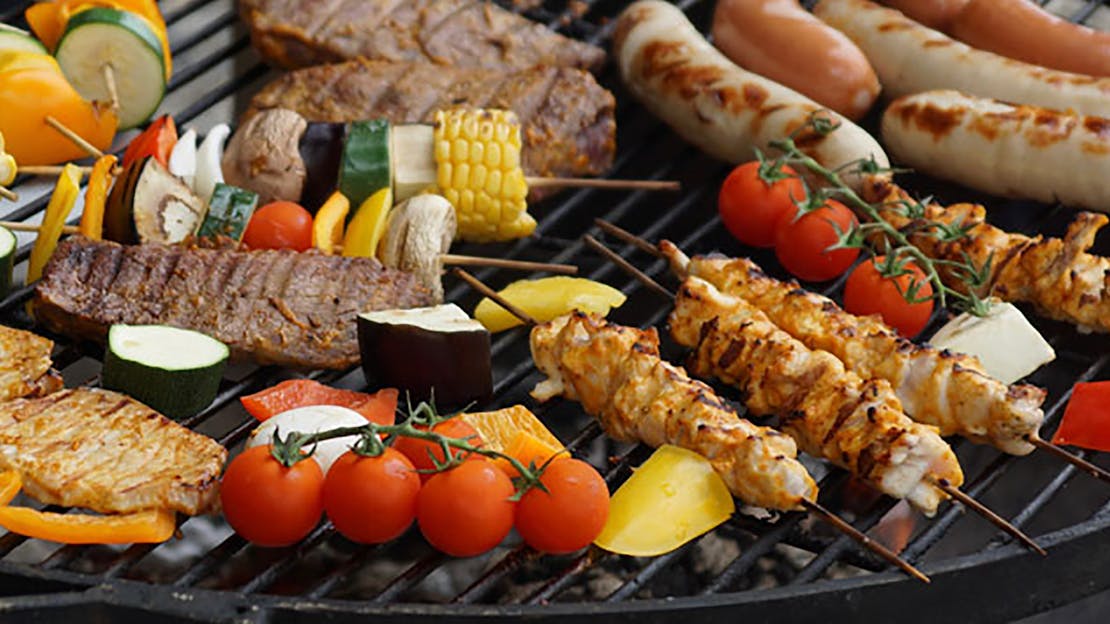
Various BBQ-ing Styles
In this guide, we'll go through about some of the older and more traditional BBQ techniques for those who are looking for a shake-up in the BBQ routine. Find out more!
Smoking
Indirect barbecuing has come from the Southern areas of America. There’s incredible variation however, they all typically rely on large smokers, cooking over long periods of time, using wood logs.
These smokers are more elaborate than the usual simple grill – a lot of the early smokers actually originate from oil workers, who utilised their welding skills to start building commercial barbecues. The basic idea is slow and low cooking.
To use the smoker a firebox is fed with small amounts of wood at regular intervals throughout the cooking process, and the heat and smoke then pass through the main cooking chamber where the meat sits. Hog roasting barbecue is a common process in the USA. Generally, whole briskets, ribs, pork shoulders, and more are also smoked in these indirect barbecues, generally at around 110ºC until the meat literally falls apart. The idea behind the process is similar to that of the Argentinian Asado.
Pit cooking
Pit cooking is another form of barbecuing which is a very old process but is still apparent to this day. Dig a deep hole in the ground and line it with something to absorb the heat and hold the temperature in. Metal or rocks are typically used. Light a fire on top of the lining material using either wood or charcoal and let it burn down to embers so that the temperature is held in the metal or rocks being used.
Once the embers have settled, lay sacking or leafy materials on top of the embers to protect your food. Continue in layers of material and food until you reach near the top of the hole. The last layer should be topped with material to protect it.
Cover the hole with earth or a lid of some type to seal in and insulate the hole. The heat stored inside the rocks or metal will gently steam the food inside. The process is not as fast as traditional or modern-day barbecuing; however, the results are just as good or sometimes better. It is also practiced in various ways all over the world by many cultures.
Rotisserie
Rotisserie grills add motion to the static process of grilling. The slow, gentle rotation of a turnspit evens out the cooking process, basting the meat, melting out fat, and browning the exterior. Spit-roasted foods come out crisp on the outside and succulent within.
The cooking style can be seen all over the world, from the wood-burning rotisseries of Tuscany and Germany, the gas wall rotisseries of France, to the charcoal-burning chicken wing rotisseries of Malaysia and Singapore, not to mention the infrared rotisseries built into most high-end American gas grills. In the eastern Mediterranean and Middle East (and elsewhere), grill masters use vertical rotisseries to make Greek gyro, Turkish doner, and Middle Eastern shawarma. It is a much popular barbecue cooking style as it combines both virtues of direct and indirect grilling.
Hopefully this guide has given you some idea and BBQing methods that you can try. We also have an array of other useful BBQing guides & articles.
